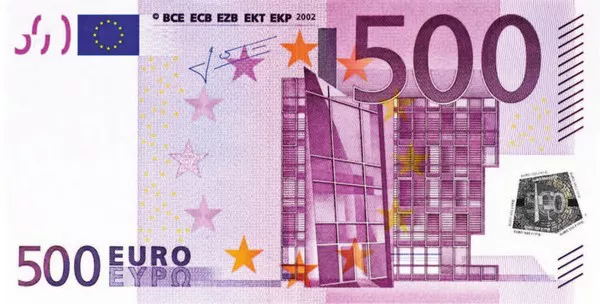The Markets
Friday’s US payrolls and ISM missed expectations, adding to last week’s correction. The US economy added “only” 150k jobs in October vs. 180k expected (101k downward revision for August & September).
There was some negative impact from the UAW strike. Wage growth was modest (0.2% M/M, 4.1% Y/Y from 4.3%) and the consumer survey was weak with a higher unemployment rate (3.9% from 3.8%) and a lower participation rate (62.7%). The services ISM missed the mark, easing from 53.4 to 51.8 (53 expected), but the details were mixed (solid orders, weak employment, stubbornly high prices).
However, the market context didn’t allow for nuance. Indeed, the data give the Fed good reason to feel comfortable with its noncommittal wait-and-see approach. Markets are going a step further, concluding that the Fed is almost certainly done and focusing on the timing of a first rate cut. In contrast to early last week, the short end of the US yield curve outperformed. The US 2-year yield fell 15.1 bps. The 30-y has only lost 3.4 bps. A June rate cut is now fully discounted.
Dovish Fed Bostic rubber-stamped the prevailing sentiment in a Bloomberg interview, as he expects inflation to return to target in the next 8 to 10 months. He wouldn’t be specific on the timing of rate cuts, but reiterated that they will come before target is reached. EMU/Germany yields joined the US decline, but with a bullish flattening (2y -4.8 bps, 30y -8.5 bps). The ECB‘s Lagarde maintained a more balanced approach.
She confirmed expectations that inflation will slow and return to 2% in 2025, but indicated that the central bank won’t give in to political pressure that higher yields could slow growth too much. Equity markets clearly saw the softer data and potential Fed rate cuts as a kind of Goldilocks scenario. US indices were up 1.38% (Nasdaq).
The dollar was hit by risk on. DXY fell from the 106 area to close at 105.05. EUR/USD (closing at 1.073) closed above the late October high of 1.0694, improving the technical picture.
Asian equities are joining the risk rally in the WS this morning (Nikkei +2.4%). Later today (and further out this week) the economic calendar is rather thin. Lots of ECB and Fed speeches are a wild card (e.g. Lagarde and Powell on Thursday). After last week’s bond/equity rally and USD correction, markets may be looking for a new short-term equilibrium.
Several key technical levels are under heavy pressure. For the US 10-year yield, we are watching to see if the 4.5% area holds. The German 10-year yield has dropped below the 2.68% neckline, with the 2.56/60% area a next reference. For EUR/USD, 1.0764 (38% retracement from July high to October low) is a key resistance level. For bonds as well as for the USD correction, the easy part of the move may be behind us.
News and Views
South Korea’s Financial Services Commission announced a ban on short selling until June 2024. The rule applies to shares of companies traded on the Kospi 200 and Kosdaq 150 indices. The FCS chairman warned that illegal short selling undermines fair price formation and hurts market confidence. Therefore, the regulator will actively improve the rules and systems. Several global banks, which account for most of the short-selling activity, will also be investigated.
The probe comes ahead of a general election in April against a backdrop of retail investor protests, but hampers efforts to upgrade from emerging to developed market status in global stock indices.
The Kospi and Kosdaq indices are up 4.5% and 7.1% respectively this morning. A stronger Korean won is taking the place of a weak US dollar in pulling USD/KRW lower this morning. The pair has fallen from levels above 1350 early last week to below 1300 now, the strongest KRW rate since early August.
Saudi Arabia and Russia announced in separate official statements that they will maintain additional production cuts of 1 million and 300,000 barrels per day, respectively, through the end of the year. Both will review production levels next month and consider extending the cut, deepening the cut or increasing production.
The renewed commitment comes amid global growth concerns and as tensions in the Middle East grow more stressful by the day. Brent crude prices are holding above $85/b this morning, but are close to the October ($83.5/b) and August ($82/b) lows, which form a sort of neckline of a technical head-and-shoulders formation.


























